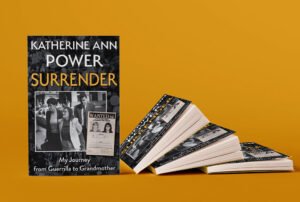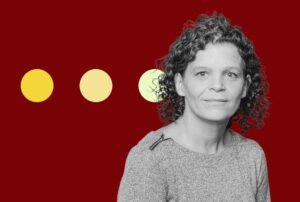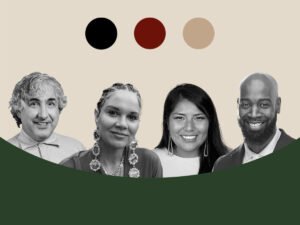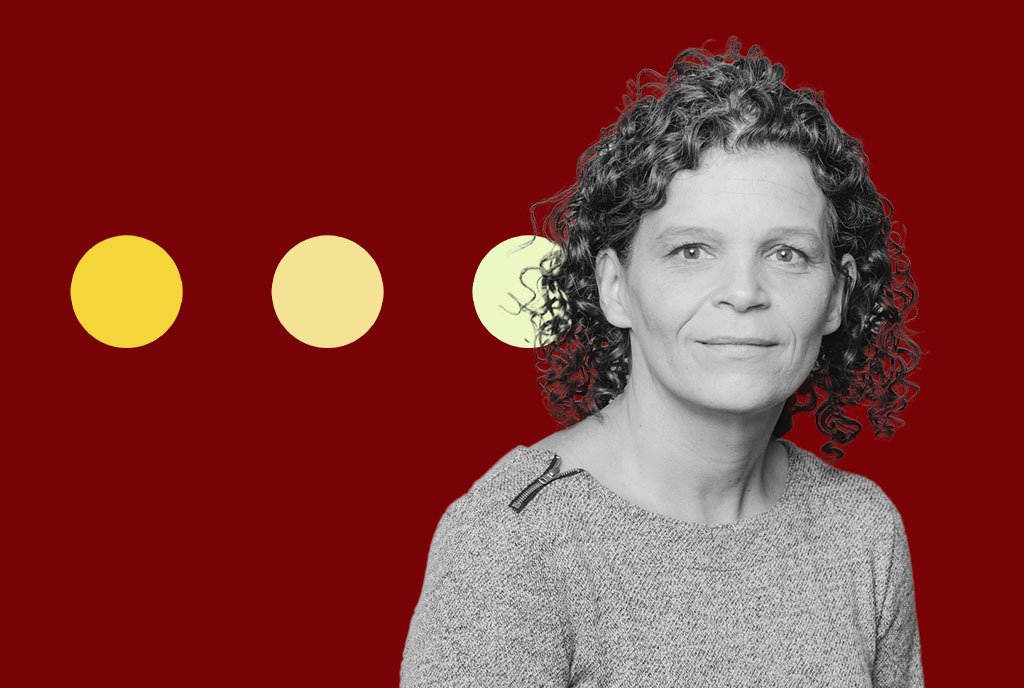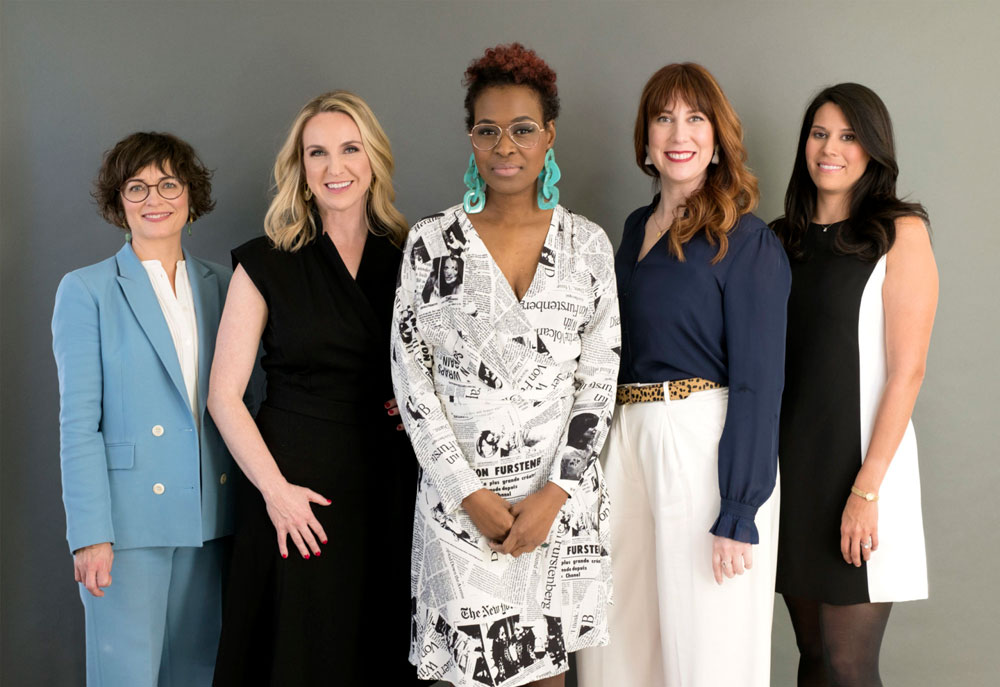
August 3, 2020; NiemanLab
As The 19th*, a recently launched nonprofit news organization, points out, while the 19th Amendment from which the organization takes its name will turn 100 on August 18th, “The reality is [that] suffrage remains a work in progress for many in this country, particularly women living in states where voter suppression exists, and tens of thousands of transgender Americans face barriers to voting.”
This reality is precisely what The 19th* seeks to remedy, and why they include an asterisk next to their name—to mark the many still-disenfranchised women in the US and the work that remains for all women “to be equal participants in our democracy.”
Cofounded by Emily Ramshaw and Amanda Zamora, The 19th* aims to push back against the lack of representation of women and gender-diverse people in politics and in the American news media. This absence profoundly influences not only what stories are being told, but also who is telling those stories. In establishing their site, Ramshaw and Zamora knew they wanted a newsroom that finally “reflects the racial, ideological, socioeconomic, and gender diversity of American voters.” At the 19th, the 22-person newsroom is 91 percent female and three quarters of the staff are of color, including one of its two co-CEOs.
By contrast, US women’s presence in the political sphere and in the media remains restricted. According to The 19th*, 73.7 million women voted in the 2016 election, casting almost 10 million more votes than male voters, yet women only hold 23.7 percent of the current seats in Congress, and are 28.9 percent of state legislature members. Women of color hold just nine percent of current seats in Congress and are only 7.4 percent of state legislature members.
Similar numbers are found in the US news media. The Pew Research Center reported in 2018, “More than three-quarters (77 percent) of newsroom employees—those who work as reporters, editors, photographers and videographers in the newspaper, broadcasting and internet publishing industries—are non-[Latinx] whites” and are “also more likely than workers overall to be male.”
About six-in-ten newsroom employees (61 percent) are men, compared with 53 percent of all workers. When combining race/ethnicity and gender, almost half (48 percent) of newsroom employees are non-[Latinx] white men compared with about a third (34 percent) of workers overall…Non-[Latinx] whites account for about three-fourths (74 percent) of newsroom employees ages 18 to 49, and they represent 85 percent among those 50 and older.
Sign up for our free newsletters
Subscribe to NPQ's newsletters to have our top stories delivered directly to your inbox.
By signing up, you agree to our privacy policy and terms of use, and to receive messages from NPQ and our partners.
One of the ramifications of this largely white, male power structure is a lack of coverage of the diversity of the experiences of women and people of color. As editor-at-large Errin Haines told The Cut, The 19th* acknowledges the complexity and multi-faceted nature of US women’s experience, seeing women as “issues voters, as rural voters, as educated voters, as blue-collar workers, as Southerners, and as Midwesterners.”
The 19th* offers its readers “free-to-consume and free-to-publish” empathetic, evidence-based journalism “that exposes gender inequity and injustice,” evidenced in their first digital front page—“America’s First Female Recession,” which takes an in-depth look at the dire impact of the pandemic on US women.
The launch of The 19th* at a time when the pandemic and resultant economic shutdown has significantly impacted the nonprofit sector is notable, although, as a recent NPQ article noted, the nonprofit news space has been one area where the nonprofit sector is expanding, even amid the pandemic.
To date, Ramshaw and Zamora have raised $8.5 million, $5 million since January, and are fully staffed. Utilizing a nonprofit business model, their paid memberships start at $19 per year, and The 19th* currently counts 614 total members who have contributed $5 to $999 and 175 patrons who have donated annual gifts up to $1,000 or more.
The 19th*’s diverse approach to fundraising and commitment to providing free journalism corresponds to their outlook on content ownership; any news outlet can easily republish one of their stories, and as The Cut points out, The 19th* has “partnered with Univision and USA Today so that pieces will reach Spanish speakers and local markets.”
As the US continues to reel from an uncontrolled pandemic, economic distress, and widespread social unrest, the launch of a news organization where everything, in the words of Zamora, from “hiring to workplace culture and journalism–will be focused on equity” is inspiring.—Beth Couch


